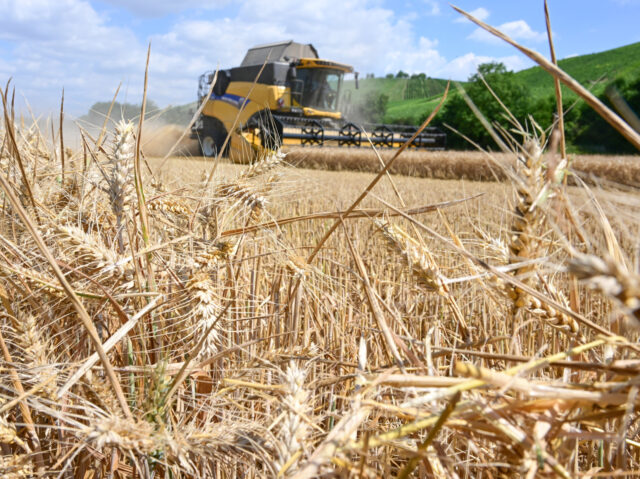Germany is experiencing one of the most severe droughts in recent years. Some regions have not seen rain since February, and the situation is rapidly becoming catastrophic, especially for farmers, whose future now literally depends on every drop of water.
In the south-west of the country, in the Rhine-Neckar region, farmer Wolfgang Gückert from Gückertschhof looks anxiously at his cracked fields. There has not been a drop of rain here since the end of February. “We’re not used to this at this time of year,” he admits. Dry, brown oat leaves are a sad reminder that nature has been merciless this year. Due to the lack of moisture, a maximum of 40% of crops will survive. The rest will simply die of thirst.
In neighbouring fields where the farmer sowed corn, the picture is even bleaker. Instead of green shoots, there is dry sandy dust. “Only 20-30% of the plants have sprouted,” he says. “The rest seem to be frozen in anticipation of water.”
By May, it is clear that the efforts are no longer paying off. “Sometimes you just have to admit defeat: “Next year is a new game, a new hope,” says Gückert, who also heads the district farmers’ association, philosophically.
And this situation is not an exception, but the new norm. Farmers across Germany are complaining about the drought. According to Rudolf Bühler of the Schwäbisch Hall Farmers’ Association, the hay harvest is already 50% below normal. In other regions where there has been even less rain, the situation is critical. There is not enough fresh grass in the meadows, and many will have to feed their livestock hay that is usually harvested for winter as early as summer. This threatens price increases and empty barns when the cold weather arrives.
Alarm signal
The German Farmers’ Association calls what is happening “an alarm signal.” “There is no longer a region in Germany where the situation is stable,” says Johann Mayerhöfer, head of the agriculture and energy department. Regions with sandy soils that are unable to retain moisture remain particularly vulnerable. The wind, which has picked up in the north and east of the country, is drying out the land even faster, like a hairdryer.
“We are at a turning point,” emphasises Mayerhöfer. “If it doesn’t rain soon, the consequences will be catastrophic.”
In his opinion, the government needs to urgently invest in infrastructure for collecting and storing rainwater. He also proposes introducing so-called tax smoothing, a mechanism that allows crop yields to be averaged over several years to support farmers in lean years.
“Farmers are the backbone of food security,” he reminds us. “If they go bankrupt, it will be almost impossible to restore the agricultural infrastructure.”
Meteorologist Bernd Madlener confirms that the spring of 2025 is one of the driest in the history of weather observation in Germany. The reason lies in climate change. High-pressure areas that cause drought are becoming almost stationary. They block the movement of rain fronts, and the weakened winds are unable to drive them away.
We should not expect the weather to improve before the end of May, Madlener says. Only in the last few days of the month are the first signs of change possible: low-pressure areas may finally break through the climatic block and bring much-needed rain.
But even if it comes, the damage will already have been done. The drought of 2025 will go down in history as a reminder of the fragility of the agricultural sector in the face of climate change. And as a warning sign: without decisive action today, tomorrow may be too late.
